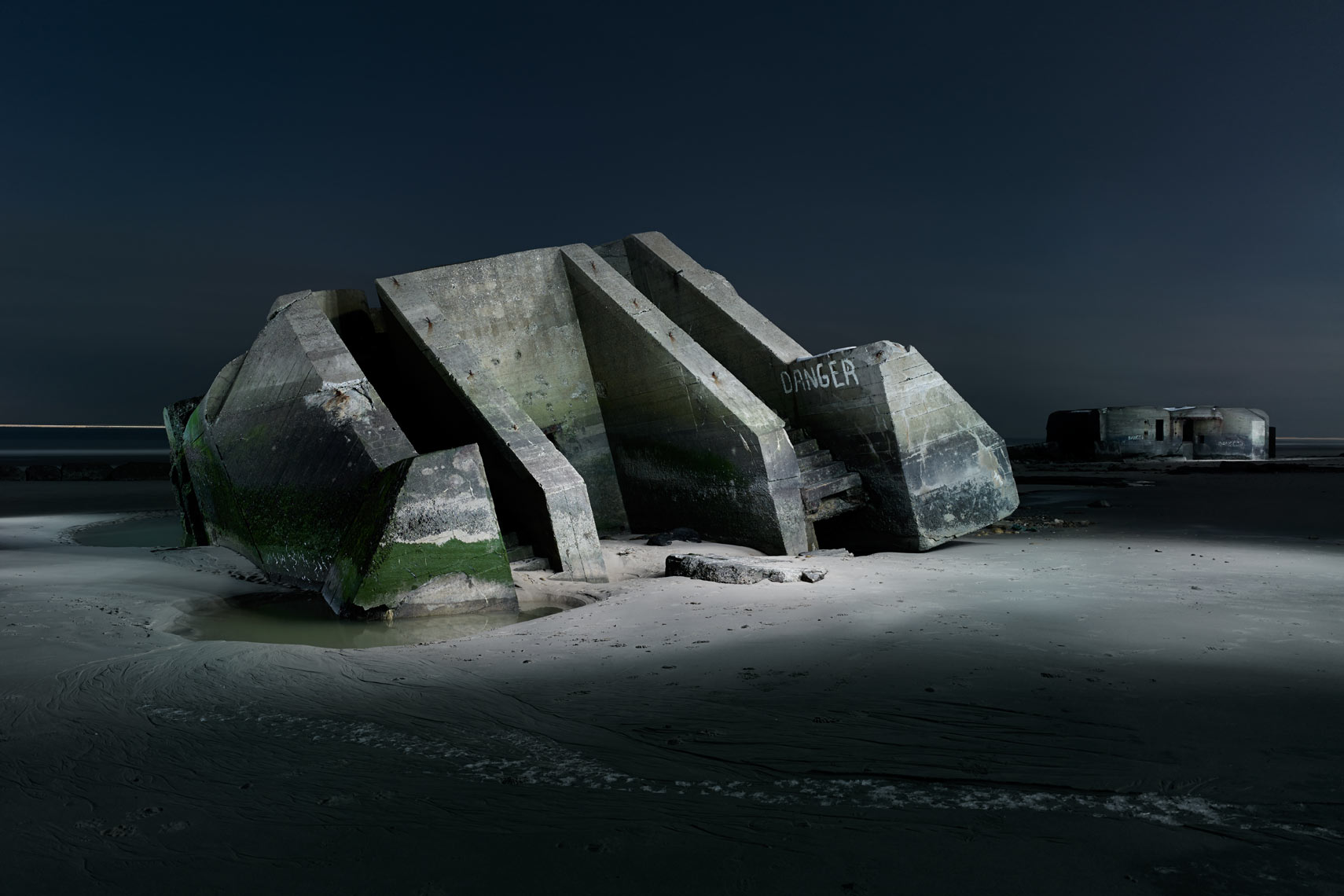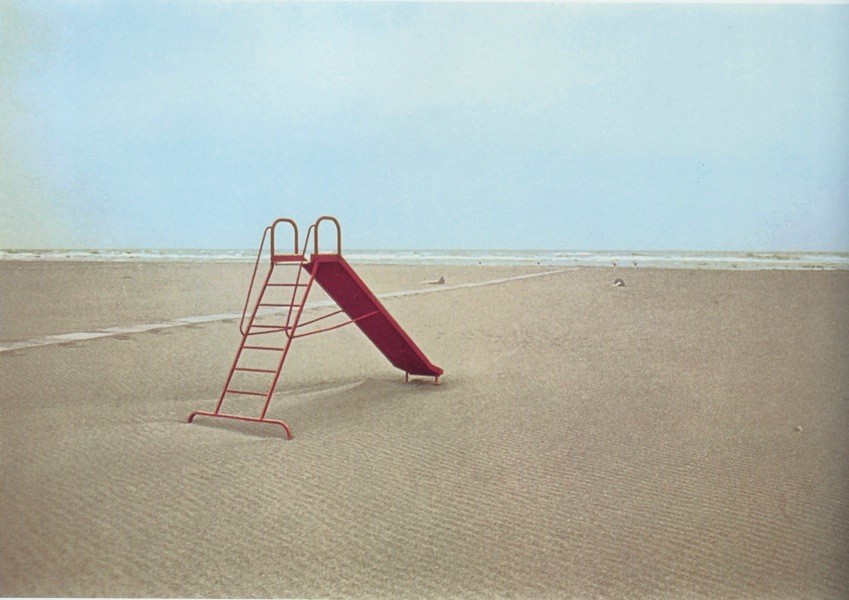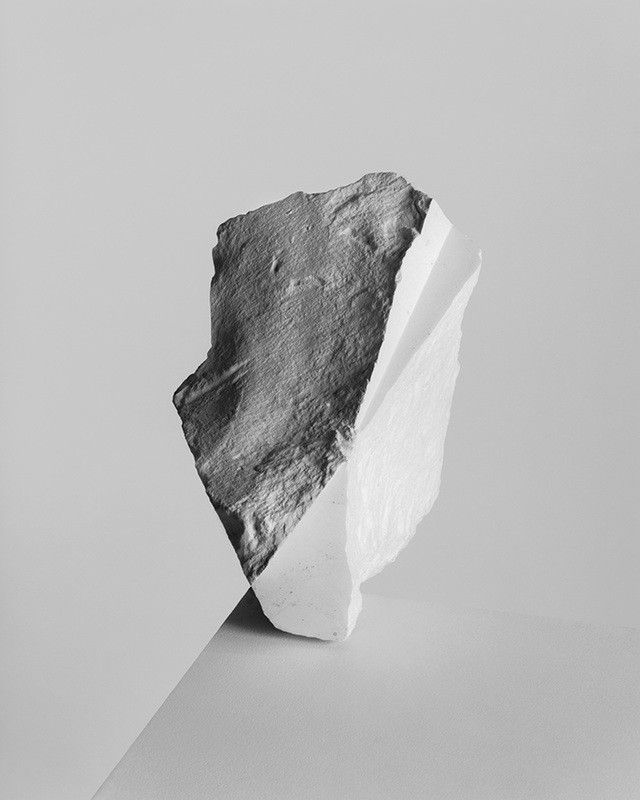Bernd and Hilla Becher were a photography duo whose work primarily centered around typologies of various industrial architecture. They photographed industrial architecture for forty years across North America and Europe. As a duo they formed the ‘Becher School’ (Düsseldorf School) and have been awarded the Erasmus prize and the Hasselblad Award for their roles as photography professors.
Bernd Becher (1931-2007) was a Siegen born artist. He studied painting at Staatliche Akademie der Bildenden Künste Stuttgart for three years then went on to study typography under Karl Rössing at the Kunstakademie Düsseldorf for two years.
Hilla Becher, born Hilla Wobeser (1934-2015) in Potsdam. Prior to studying photography, Hilla had an apprenticeship with a local photographer. Hilla went on to study photography at Kunstakademie Düsseldorf for three years.
Bernd and Hilla began to work together on their typologies, after two years of collaboration they married.
Their photography follows a very journalistic approach with elements of abstract. They were shot using natural light on a black and white SLR. Since the subjects are often substantially darker than the background it is likely the images were shot using quite fast film. with a fast shutter resulting in a higher degree of contrast.
The typologies feature series of visually similar images, laid out in a grid like format.
The image above is a prime example of the typology work of the Bechers; the images shows a series of very visually similar series of photographs of various buildings. The images show aspects of abstraction, featuring minimal 3D forms, emphasized by the front on images of flat faces of buildings. The contrasting cross-beams are used to introduce more shape into the photographs.





